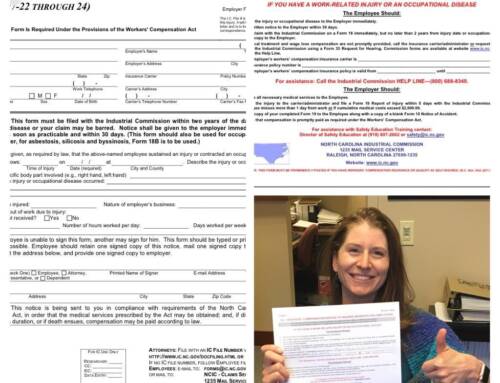Today’s post was shared by Gelman on Workplace Injuries and comes from www.cdc.gov
Interim Guidance about Ebola Virus Infection for Airline Flight Crews, Cleaning Personnel, and Cargo PersonnelOverview of Ebola Virus DiseaseEbola virus disease (also known as Ebola hemorrhagic fever) is a severe, often-fatal disease caused by infection with a species of Ebola virus. Although the disease is rare, it can spread from person to person, especially among health care staff and other people who have close contact* with an infected person. Ebola is spread through direct contact with blood or body fluids (such as saliva or urine) of an infected person or animal or through contact with objects that have been contaminated with the blood or other body fluids of an infected person. The likelihood of contracting Ebola is extremely low unless a person has direct contact with the body fluids of a person or animal that is infected and showing symptoms. A fever in a person who has traveled to or lived in an area where Ebola is present is likely to be caused by a more common infectious disease, but the person would need to be evaluated by a health care provider to be sure. The incubation period, from exposure to when signs or symptoms appear, for Ebola ranges from 2 to 21 days (most commonly 8-10 days). Early symptoms include sudden fever, chills, and muscle aches. Around the fifth day, a skin rash can occur. Nausea, vomiting, chest pain, sore throat, abdominal pain, and diarrhea may follow. Symptoms become increasingly severe and may include jaundice (yellow skin), severe… |
[Click here to see the rest of this post]






